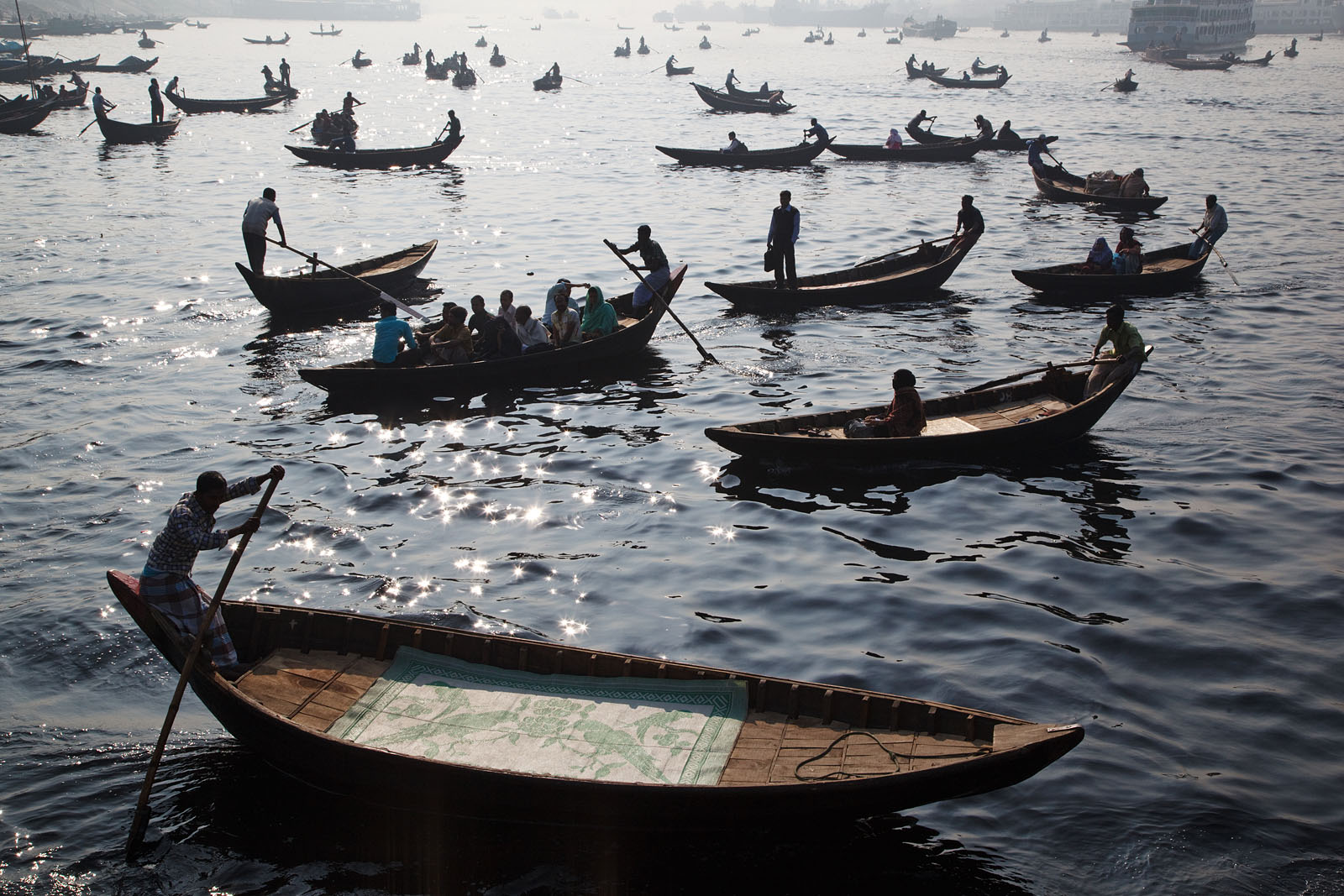Since our last update, we decided to conduct more research on circuits and how they work. Instead of a GPS embedded into the bracelet, we thought we can try to build a leak detector circuit. Leak detector circuits emit a sound that can alert individuals near by. Since our focus is on rural areas, we cannot create a circuit that is too advanced. A leak detector circuit is simple and easy to create.
Furthermore, this solution requires a single transistor touch switch setup, jumper wires, and a piezo buzzer. Using the jumper wires on one end they would be connected to the single transistor touch switch setup while the other end would be exposed to water. Once in contact with water that will open the paper to accept voltage or current which will lead to the standard NPN (single transistor) then causing the piezo buzzer to go off. We will also have an 1k current limiting resistor to make sure the current doesn’t go back to the NPN causing overheating to the piezo buzzer. Another feature that this system has it that depending on the amount of water depends on how loud the piezo buzzer would administer the noise. This will be a larger scale to our solution. It shows what would happen in the watch.
In addition, we also brainstormed what materials will be used for the prototype. The face of the watch will be 3D printed. And we are going to purchase a simple watch band and put these two items together. This is what the solution will roughly look like. Moreover, we still need to print the poster and create the health education piece. Our health education piece will include more visuals due to the fact that visuals can help the residents of Bangladesh understand our solution. Additionally, the poster will include step by step of how we got to our final destination for this project. Stay tune!
